4. Whatever We Do or Say Is for a Purpose: The Role of Communications in Change Management. Part 2 (Jelena Fedurko)
 Jelena Fedurko
Jelena Fedurko
Jelena Fedurko has been transferring and developing TOC knowledge, supporting TOC implementations in operations, distribution, project management, marketing and sales and people management since 1999. She has worked in more than 15 countries.
Jelena is a Co-Founder and Co-President of TOC Practitioners Alliance TOCPA, International Director of TOC Strategic Solutions and a TOC Expert in tocExpert. Jelena is an author of several books on TOC Thinking Processes and TOC Basics, as well as many articles and publications.
jelenafedurko.gs@gmail.com www.tocexpert.com
We continue publishing Jelena Fedurko’s article Whatever We Do or Say Is for a Purpose: The Role of Communications in Change Management. Part 1 of this article – presented in Chapter 3 – looks at the type of changes that TOC brings into organizations through the prism of understanding and interpreting peoples’ behavior. It demonstrates how to build change-related messages so as to adjust them to the specific communication patterns of the people we need to win and involve in the change.
Part 1 gives guidelines and presents examples of 6 communication patterns developed by Rodger Bailey (1986) as the Language and Behaviour (LAB) Profile:
- Motivation direction – Toward/Away From
- Motivation source – Internal/External
- Reasoning process – Options/Procedures
Part 2
In the course of a TOC implementation, a TOC leader should also transfer the relevant knowledge about the TOC solution, terminology and tools to the team and resources. There is a need to establish common concepts and common language and ensure that people understand what is meant by the major TOC terms. It will be necessary that they accept and use this terminology on the everyday basis.
I suggest using the communication patterns Toward/Away From, Internal/External, and Options/Procedures while communicating the major TOC tools:
1. The U-Shape
2. The Cloud
3. The Negative Branch Reservation (NBR)
4. The Injection
1. How to communicate the U-Shape
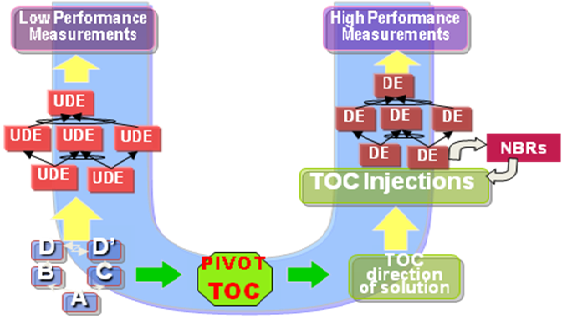
Figure 9: The U-Shape[1]
The U-shape is the concept of organizing TOC knowledge in a comprehensive logical diagram. It describes TOC entities that participate in the analysis of the current reality, and the construction or usage of the solution to create an improved future reality. It allows organizing, storing and easily retrieving the TOC knowledge. The U-shape is used for generic TOC solutions such as MTO, MTA, CCPM, and Distribution, as well as for developing marketing offers. The U-shape concept is valid for developing and understanding any solution[2].
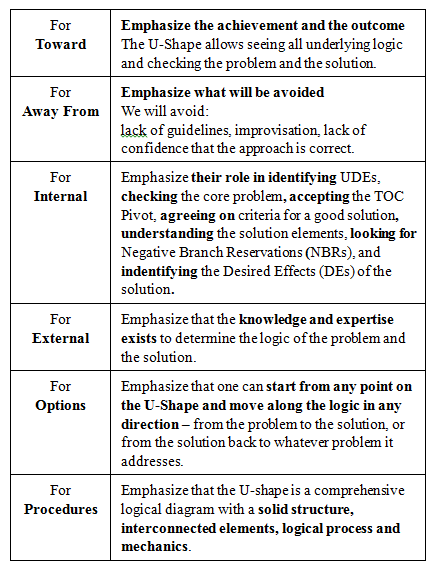
2. How to communicate the Cloud
Figure 10: The Cloud
3. How to communicate the Negative Branch Reservation (NBR)
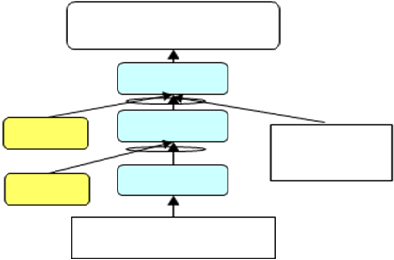
Figure 11: The NBR
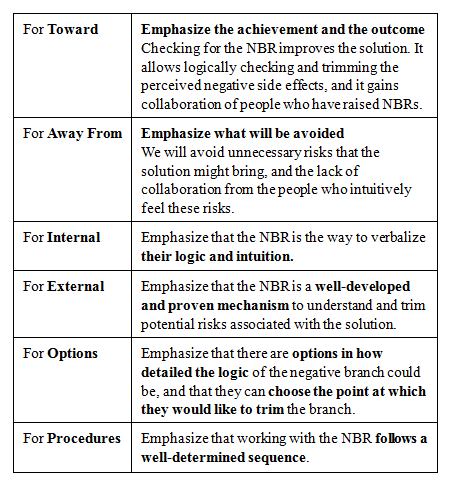
4. How to communicating the injection
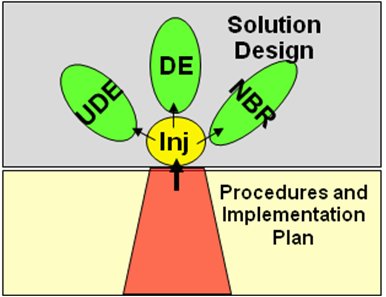
Figure 12: The Injection Flower[3]
For every Injection the implementation team should: learn its essence and structure, check that the Injection will address the relevant UDEs, bring the DEs, and not cause any significant NBRs. For every Injection the team should build the implementation plan and develop the procedures.
The role of the TOC leader is to encourage and support the implementation team in doing this work.
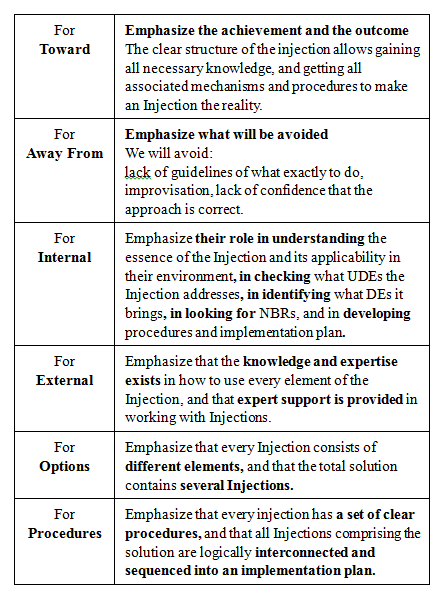
Relevant TOC tools and knowledge for communication in the change implementation process
There are two major stages in the change implementation process: pre-decision and post-decision.
The pre-decision stage has the following phases:

Figure 13: The pre-decision stage
The pre-decision stage is crucial. The change initiator must get the support of decision-makers – owners, top managers, key specialists, and financial institutions that will decide whether to provide financing. In this stage, the major challenge lies in energizing everyone who will influence the change-related decision to the ‘I want THAT’ state.
For that, the change initiator must know how to persuade the relevant people to go for change and, more specifically, the change that s/he is pursuing. To achieve that, s/he should do the proper “homework” in order to:
- have a clear answer to the question ‘Since the change is meant to be the solution, what problem will it remove?’;
- have a good knowledge of the change content and mechanics;
- define well-formulated deliverables in terms of benefits for the organization and individuals;
- be prepared for criticism or change resistance, thinking before and what the reservations and concerns of the relevant people might be and how to address them;
- be able to identify the layers of resistance and handle them through the TOC tools;
- be able to understand the motivation and thinking patterns of communication partners, and respond through appropriate persuasive messages.
In the pre-decision phase the change initiator will need to lead the relevant people through the TOC process of agreement on the change (overcoming the layers of resistance that we discussed before):
- Reaching agreement on the problem.
- Reaching agreement on the direction of the solution (the suggested change).
- Reaching agreement that the change will bring tangible benefits.
- Reaching agreement that the change will not bring negative side effects.
- Reaching agreement that the change is “doable” – that all known obstacles can we removed.
Let’s see how it manifests itself after the change is suggested, and leads to a positive decision putting the organization on the journey to embrace the change.
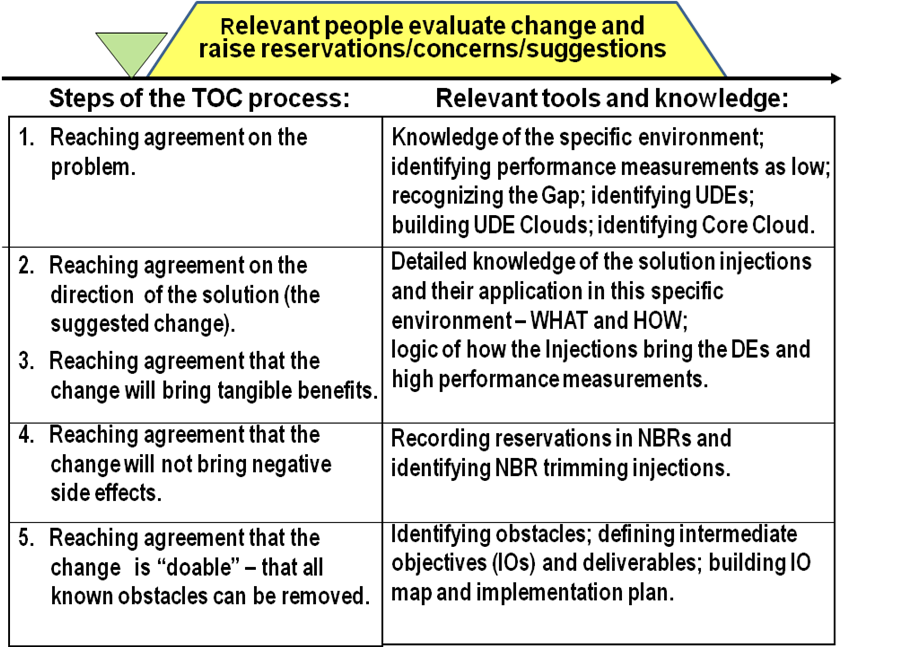
Figure 14: The TOC tools and knowledge to be applied in the process for reaching agreement in the pre-decision stage
It is important to note that for all practical purposes the sequence of the first three steps of the process for reaching the agreement can be different:
- step 1, then step 2, then step 3, or
- step 3, then step1, then step 2, or
- step 3, then step 2, then step1.
The sequence would be determined to a great extent by the motivation direction patterns – Toward or Away From – that we detect from the language people use when we communicate to them. While starting with the problem is suitable for the Away From people, it does not make much sense to start persuading the Toward people with presenting them the problem that should be avoided. Toward people are energized by the possibility to get, gain, achieve. Therefore, talking to them it makes perfect sense to start with the benefits that the solution will bring, and then present the direction of the solution as the means to gain the benefits, and the problem as the justification for the need of the solution.
When our effort of persuading the relevant people to accept the change results in their positive decision, the new stage starts. After the decision about bringing in the change has been made, the time for the debates whether to implement it or not is over! Now it is time to take actions to make the change happen. We are moving to the stage of bringing resources to support the decision of the management and implement the change in their areas of responsibility.
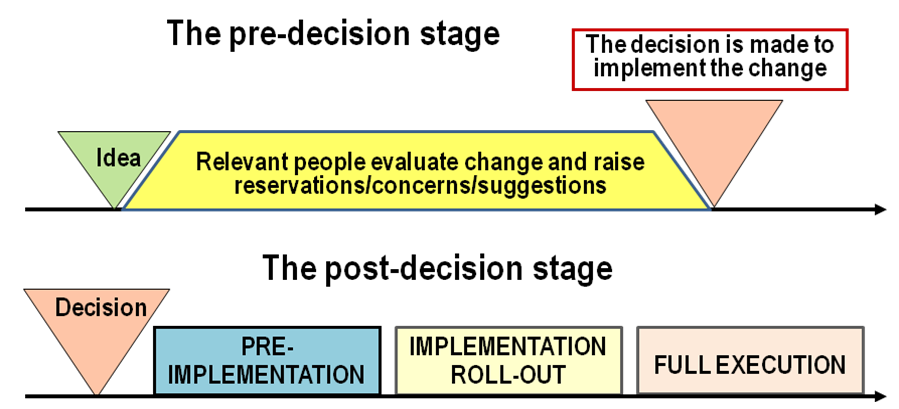
Figure 15: The phases of the post-decision stage – after the decision to implement the change has been made
I presented the challenges of the post-decision stage, the emotions and behaviour of people, as well as the recommended detailed procedures to ease the pre-implementation and implementation phases in the article Practical Aspects of Implementing Critical Chain Project Management, included in the Goldratt Schools book on CCPM[4].
Here I would like to suggest relevant TOC knowledge and tools to reach agreement in each phase of the post-decision stage.
Pre-Implementation
This phase contains:
- Determining the content and scope of change
- Clear understanding of current processes
- Determining the list of new procedures and identifying which current processes they will remove or change
- Developing first necessary procedures to start the implementation
- Developing the implementation plan
- Getting approval by the top management
- Internal training
The better the preparation in this phase, the higher are the chances of implementation success. A very important part of the preparation is getting full support from all top management and the implementation team.
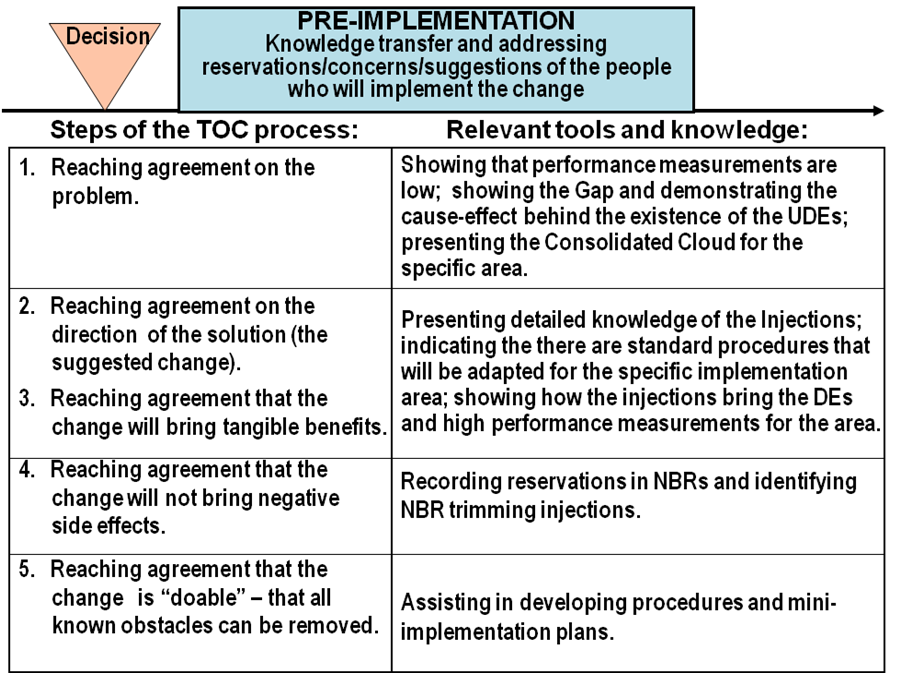
Figure 16: The TOC tools and knowledge to apply for gaining support in the pre-implementation stage
Implementation roll-out
This phase contains:
- Executing the implementation plan
- Developing and implementing procedures
- Monitoring, analyzing and adjusting procedures
- Working with people to get their collaboration
In this phase, the implementation unfolds in a staggered way that involves more and more areas of the organization. Some of the people already have the positive experience that the first injections produce quick and tangible results. The major task is to maintain their enthusiasm and encourage them to keep going. At the same time, new people start to be involved in the implementation. Their reservations and concerns need to be addressed. Also, when we start the implementation, we are bound to have some unexpected difficulties. We may discover that some part of the plan developed in the pre-implementation phase is not working and needs to be adjusted. This phase requires a lot of attention and encouragement of the resources from top management and key implementation people. Please note that in the steps of the TOC process of removing resistance, we are changing the emphasis from reaching agreement to reinforcing
and bringing evidence.
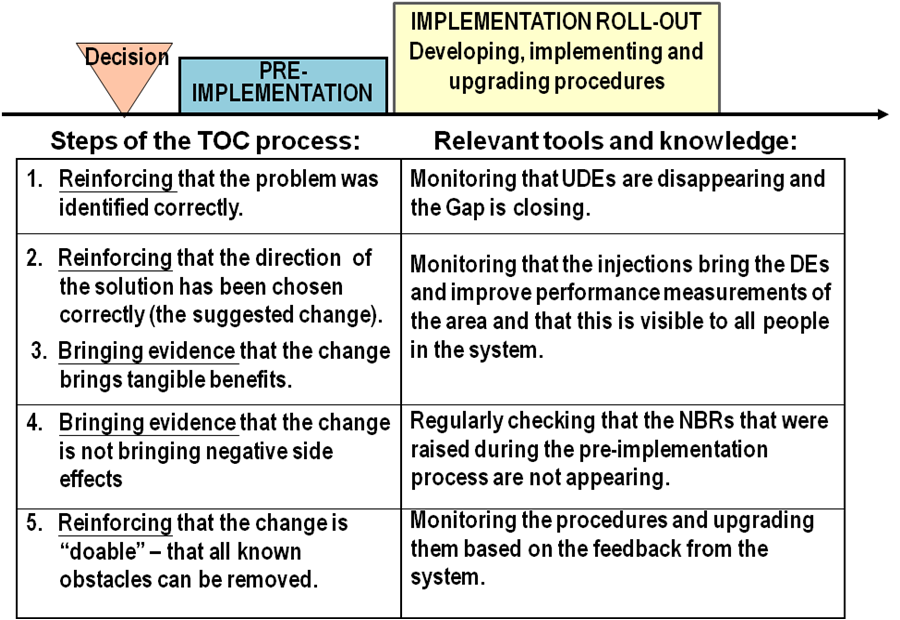
Figure 17: The TOC tools and knowledge to apply for gaining support in the implementation roll-out stage
Completing roll-out and moving to full execution
This is the phase in which the organization gets confidence that the solution is working. The activities are in the right direction. It is safe and beneficial to move from the trial or limited implementation to the execution of the solution throughout the whole department or the whole organization.
This phase contains:
Finalizing and formalizing procedures and documentation
- Ensuring adherence to the procedures throughout the involved department
- Ensuring top management involvement on routine basis
In the previous phase, we were monitoring and checking that the effort put in at the start of the implementation would deliver expected desired effects and were taking corrective actions when required. In this stage, the main emphasis is on creating full awareness in the organization that that the change brings tangible benefits.
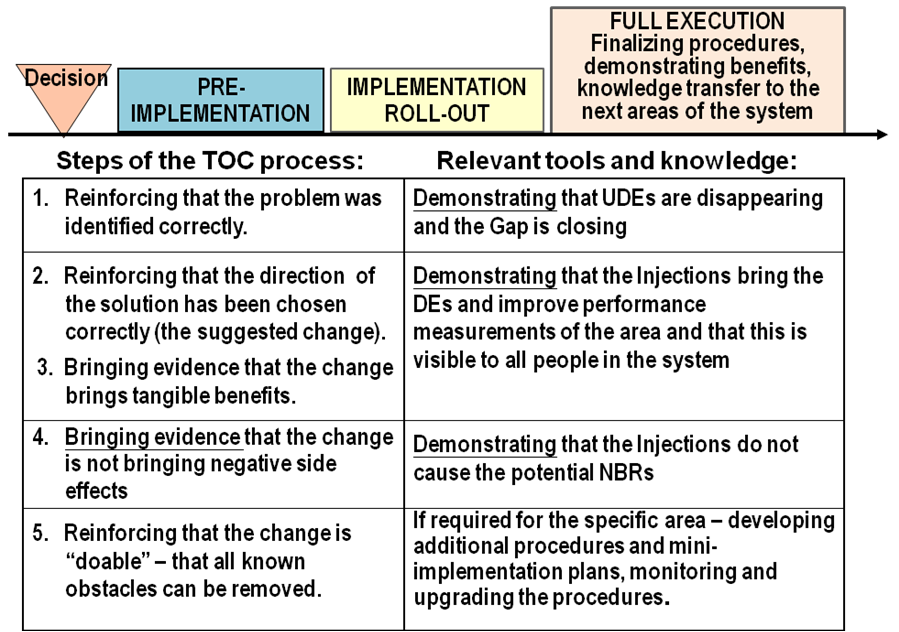
Figure 18: The TOC tools and knowledge to apply for gaining support in the full execution stage
Change management is challenging. In every phase, we should put conscious effort into maintaining honest, disciplined and responsible communication to our people.
Afterword
This article contains recommendations and guidelines organized in tables and diagrams. The presented approaches may seem too technical. They require conscious analysis of people’s behaviour and language, and high thinking discipline and concentration for building appropriate messages. I was once asked, “How can one listen, analyze and respond, all at the same time and in the course of the real-time conversation?’ I would say, the same as we drive. It takes time when we learn, but the more we drive, the quicker we learn to do the right things. After enough hours or days or months of practice, our body starts doing all the right moves automatically.
Being in communication is like driving at high speed on a busy road. We need to constantly monitor and assess the situation, recognize the signals from other traffic participants, and understand what they are doing or intend to do. That is, if we want to get to our destination without a crash.
[1] Oded Cohen, Ever Improve: A Guide to Managing Production the TOC Way, TOC Strategic Solutions, 2010; presented with permission by the author.
Author’s remark: UDE – Undesirable Effect; NBR – Negative Branch Reservation; DE – Desired Effect
[2] Definition by the U-Shape author, Oded Cohen
[3] Oded Cohen, Ever Improve: A Guide to Managing Production the TOC Way,
TOC Strategic Solutions, 2010; presented with permission by the author.
[4] Project Management the TOC Way, Chinese Goldratt Alliance, 2009
This article was first published in the Goldratt Schools book Leading People Through Change, 2011, published by TOC Strategic Solutions
All materials available on the TOCPA site are the intellectual property of their authors and cannot be reproduced in any other media and used for any purposes without the prior permission in writing of the authors.
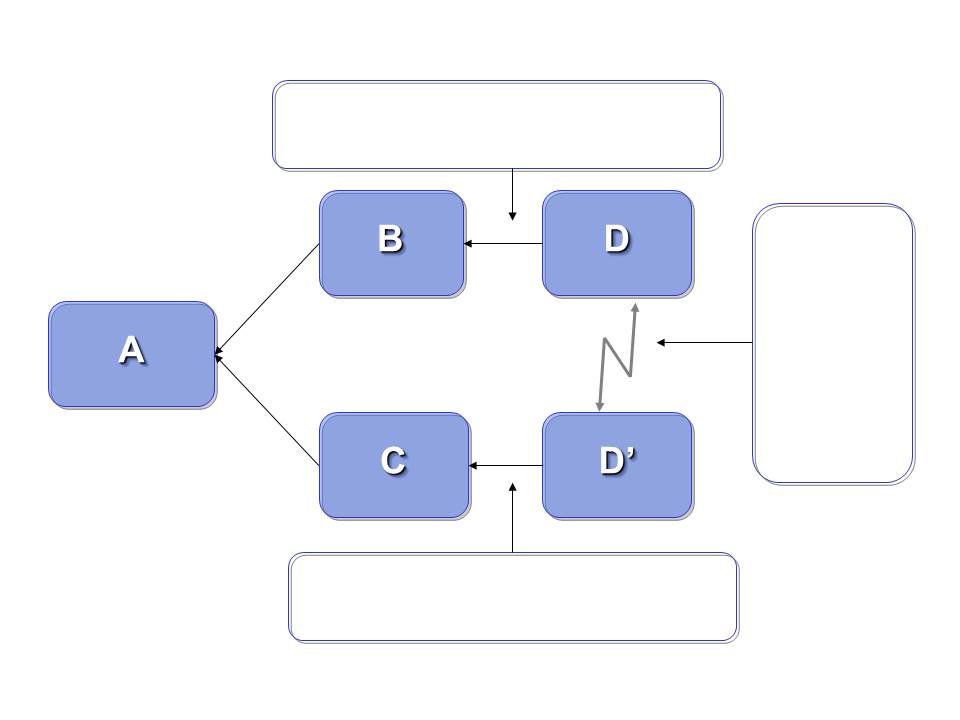
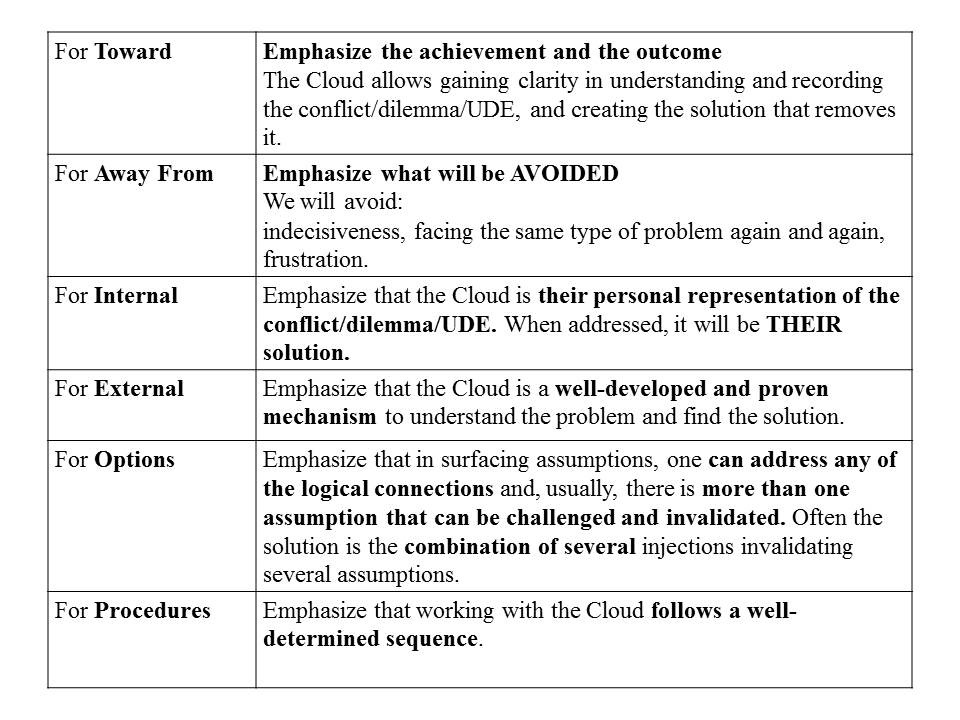






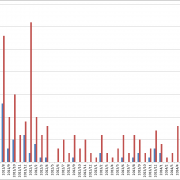
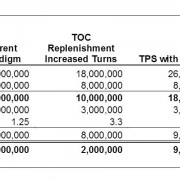
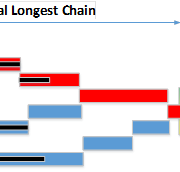
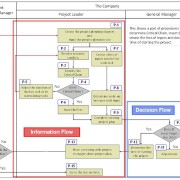
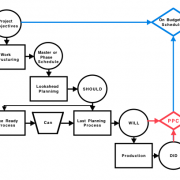
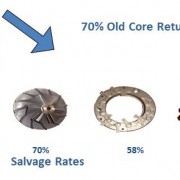
Leave a Reply
Want to join the discussion?Feel free to contribute!